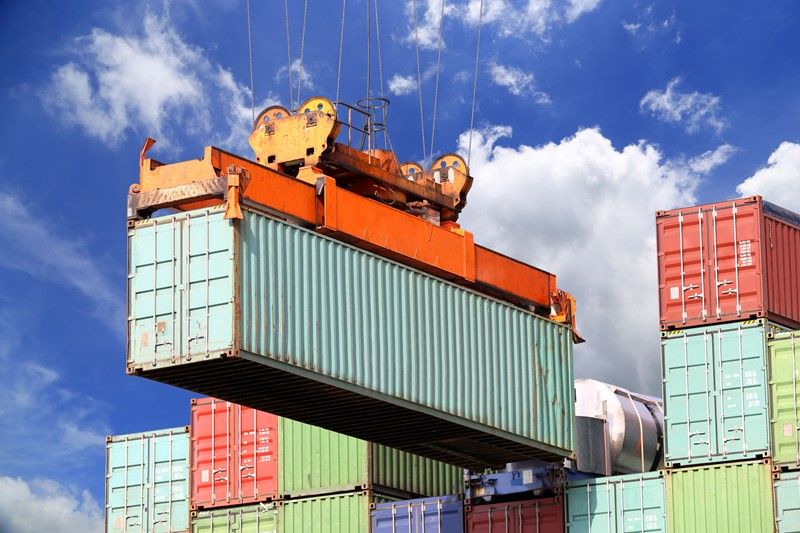Building value in your business
For many small business owners, the focus is on day-to-day operations. However, building long-term value is just as important, whether your aim is to sell in the future, attract investors, or secure better financing.
Focus on profitability and cash flow
Strong profits are essential, but reliable cash flow is often more important to potential buyers or lenders. Keep tight control over expenses, reduce debtor days, and ensure pricing reflects the value you provide.
Develop recurring revenue
Income that is predictable and repeatable, such as subscription models or service contracts, increases business stability and value. It also makes forecasting more accurate and planning easier.
Strengthen your customer base
Avoid over-reliance on one or two major customers. A broad, loyal client base reduces risk and makes your business more attractive to others.
Build a strong management team
A business that depends too heavily on its owner can be harder to sell and less valuable. Train and empower staff so that the business can operate smoothly without you.
Protect your brand and processes
Invest in your reputation, intellectual property, and efficient systems. Documenting processes and having clear contracts with suppliers and customers adds professionalism and reduces uncertainty.
Plan ahead
Value is built over years, not months. Regularly review your strategy and financial performance and seek advice from your accountant to ensure every decision supports long-term growth.




